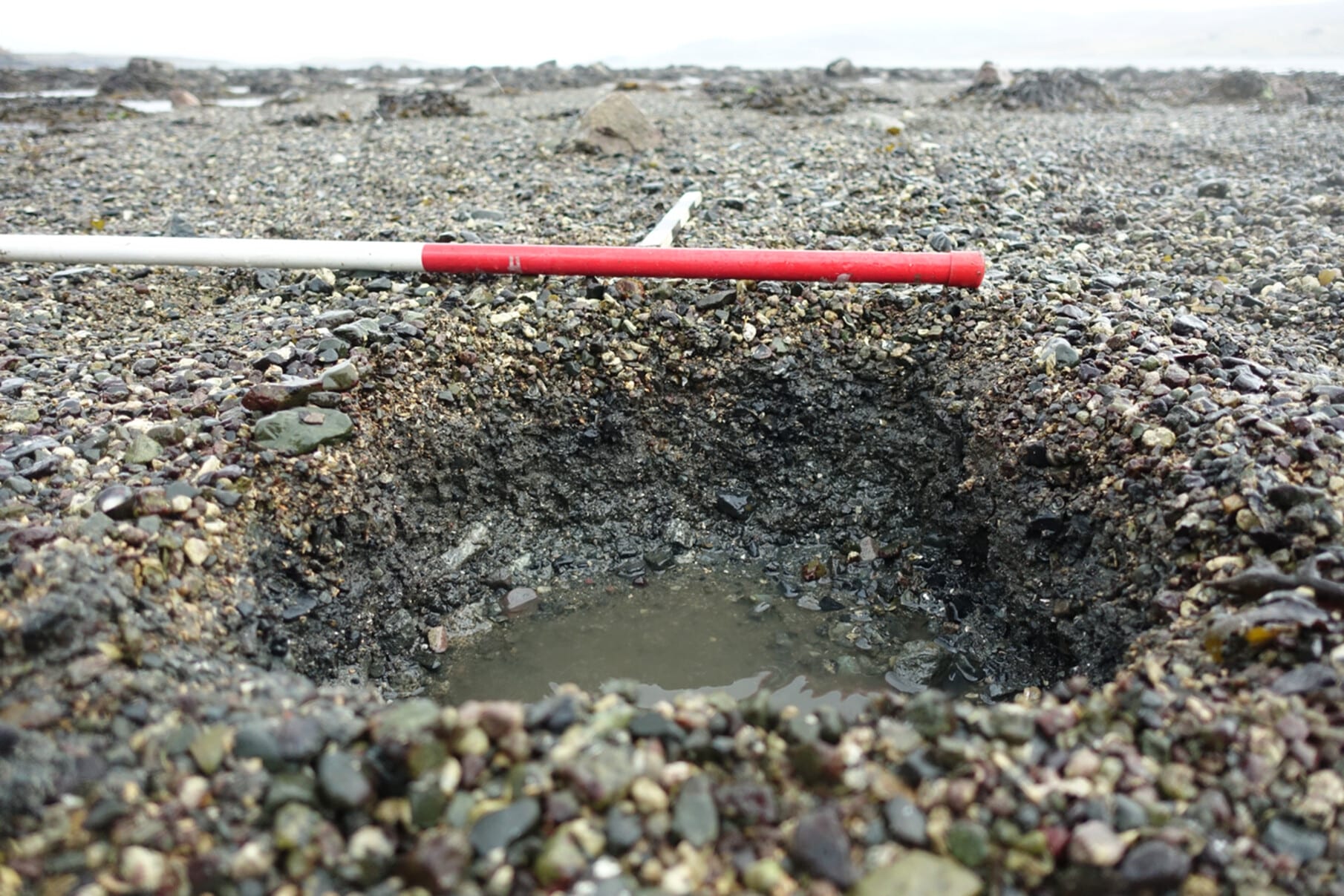

Archaeologists have uncovered the most northerly traces of a Late Upper Paleolithic culture in Scotland, shedding new light on life during the final stages of the last Ice Age.
Researchers from the University of Glasgow made the discovery on the Isle of Skye, one of Scotland’s most rugged and remote locations. The findings, published in the Journal of Quaternary Science, center on two sites: South Cuidrach in the north and Sconser in central Skye.
Together, they challenge long-standing beliefs that western Scotland was too cold and harsh for human settlement during this period.
At South Cuidrach, researchers excavated a 30-square-meter area and recovered 196 stone artifacts. These included tanged points, blades, scrapers, and chisels—tools often associated with hunting. Many were made from locally sourced baked mudstone, indicating reliable access to raw materials.

Some of the tools, particularly the tanged points, exhibit features typical of the Ahrensburgian culture—a group of Ice Age reindeer hunters who lived across northern Europe near the end of the Ice Age.
Other artifacts, while not unique to that culture, match tool styles found in Late Upper Paleolithic sites across the region.
Researchers used systematic test pits to record artifact placement and layers to enhance understanding of the site’s layout and context
Drone surveys provided elevation data and created detailed visual maps of the site. While radiocarbon dating was successful for nearby Mesolithic deposits, the Ice Age-era tools could not be directly dated.
Researchers at the second site in Sconser documented approximately 20 circular stone alignments in the intertidal zone. Each formation, measuring three and five meters in diameter, and constructed with boulders set in marine sediment. The circles are visible only during extremely low tides.
Elevation data shows that the structures lie between 1.83 and 4.14 meters below the current sea level, suggesting they were built when the sea was significantly lower.
Though no tools or organic remains were found nearby, comparisons with similar features in Norway suggest these may date to the Early Holocene.
The function of the tidal stone circles is still a mystery. However, researchers propose they may have been used for trapping fish or managing tidal hunts—practices in prehistoric Scandinavia and later Scottish history.
If linked to an early coastal settlement, more sites may remain hidden beneath Skye’s now-submerged shoreline.
For decades, archaeologists believed the harsh climate of the Younger Dryas – an abrupt cold period between 12,900 and 11,700 years ago – made western Scotland uninhabitable. Limited to scattered tools along the mainland’s west coast, previous evidence was viewed as signs of temporary visits.
The discoveries on Skye now suggest a different story. They point to a group of people who survived and adapted to extreme conditions, likely migrating from mainland Europe.
These early settlers may have crossed now-submerged land bridges such as Doggerland and found a home at what was once considered the edge of the Ice Age world.
